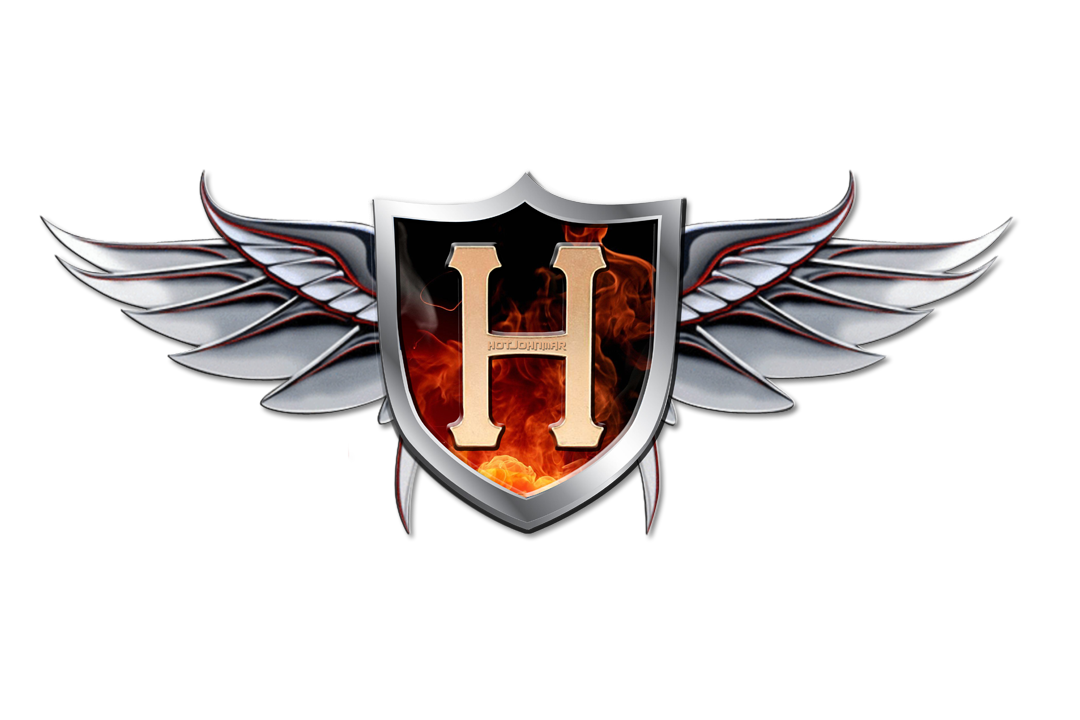Programming language
A programming language is a formal language designed to communicate instructions to a machine, particularly a computer. Programming languages can be used to create programs that control the behavior of a machine and/or to express algorithms precisely.
Binary Number System
A method of representing numbers in which only the digits 0 and 1 are used. Successive units are powers of 2. Also called binary system.
Software
Software means computer instructions or data. Anything that can be stored electronically is software, in contrast to storage devices and display devices which are called hardware. The terms software and hardware are used as both nouns and adjectives. For example, you can say: "The problem lies in the software," meaning that there is a problem with the program or data, not with the computer itself. You can also say: "It's a software problem." The distinction between software and hardware is sometimes confusing because they are so integrally linked. Clearly, when you purchase a program, you are buying software. But to buy the software, you need to buy the disk (hardware) on which the software is recorded.
Categories of Software Software is often divided into two categories. Systems software includes the operating system and all the utilities that enable the computer to function. Applications software includes programs that do real work for users. For example, word processors, spreadsheets, and database management systems fall under the category of applications software.
Computer Hardware
Hardware is a comprehensive term for all of the physical parts of a computer, as distinguished from the data it contains or operates on, and the software that provides instructions for the hardware to acoomplish tasks. The boundary between hardware and software is slightly blurry - firmware is software that is "built-in" to the hardware, but such firmware is usually the province of computer programmers and computer engineers in any case and not an issue that computer users need to concern themselves with.
